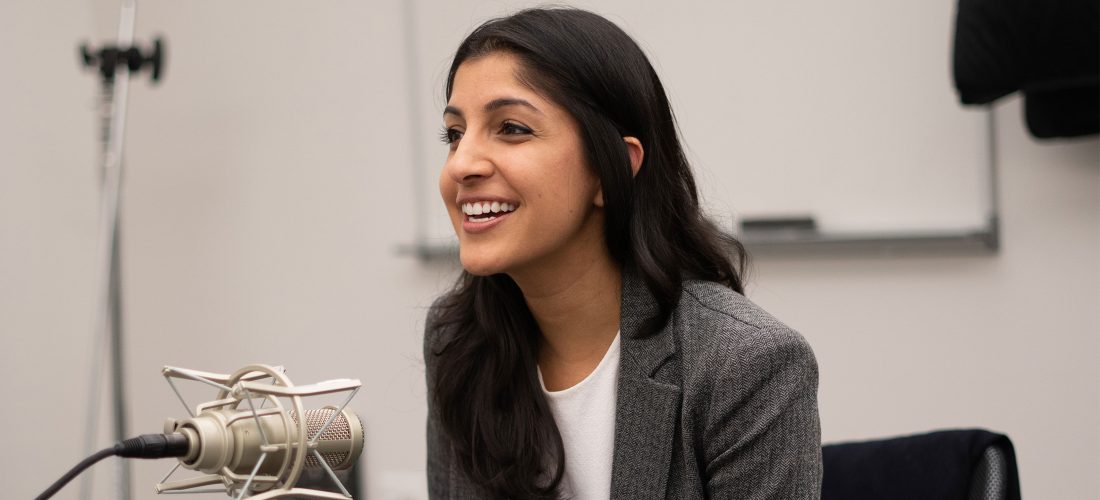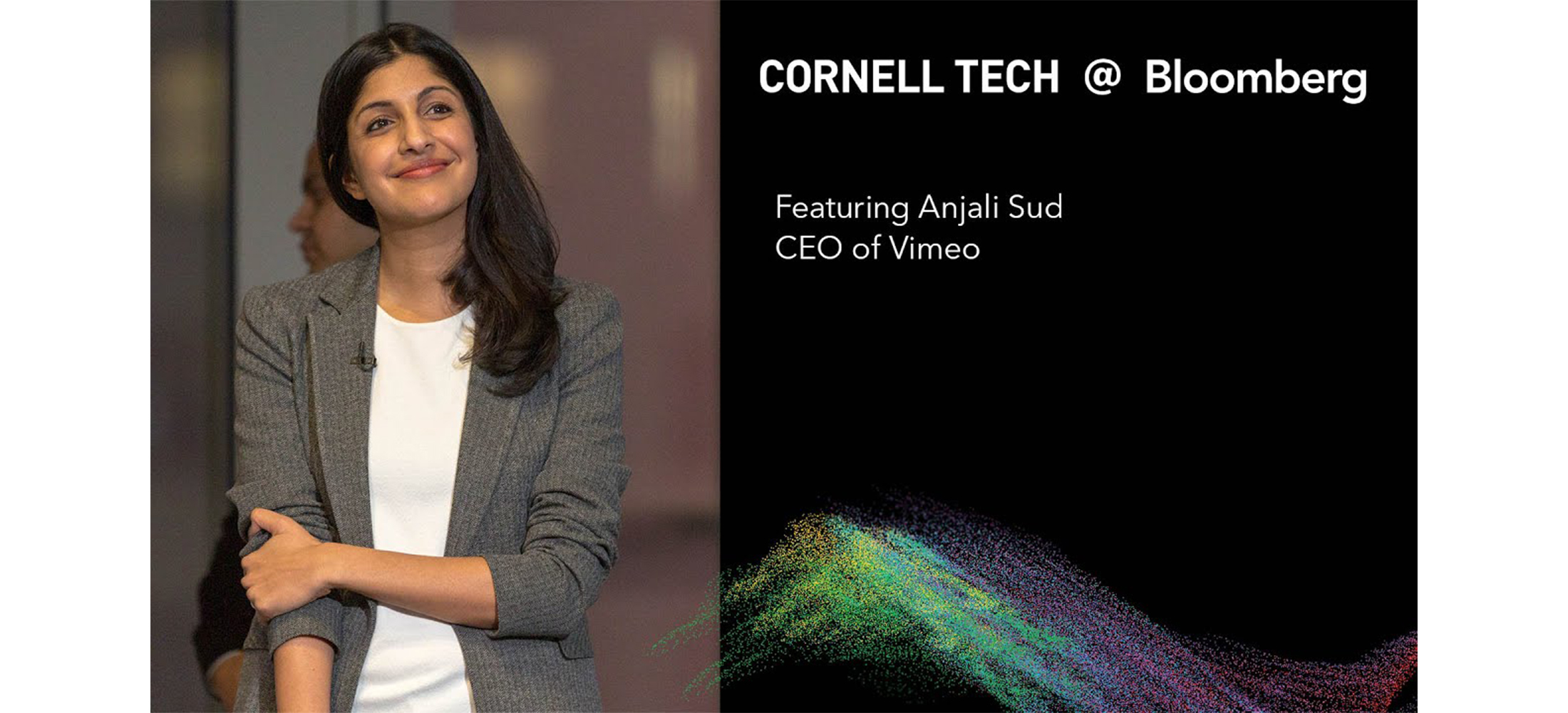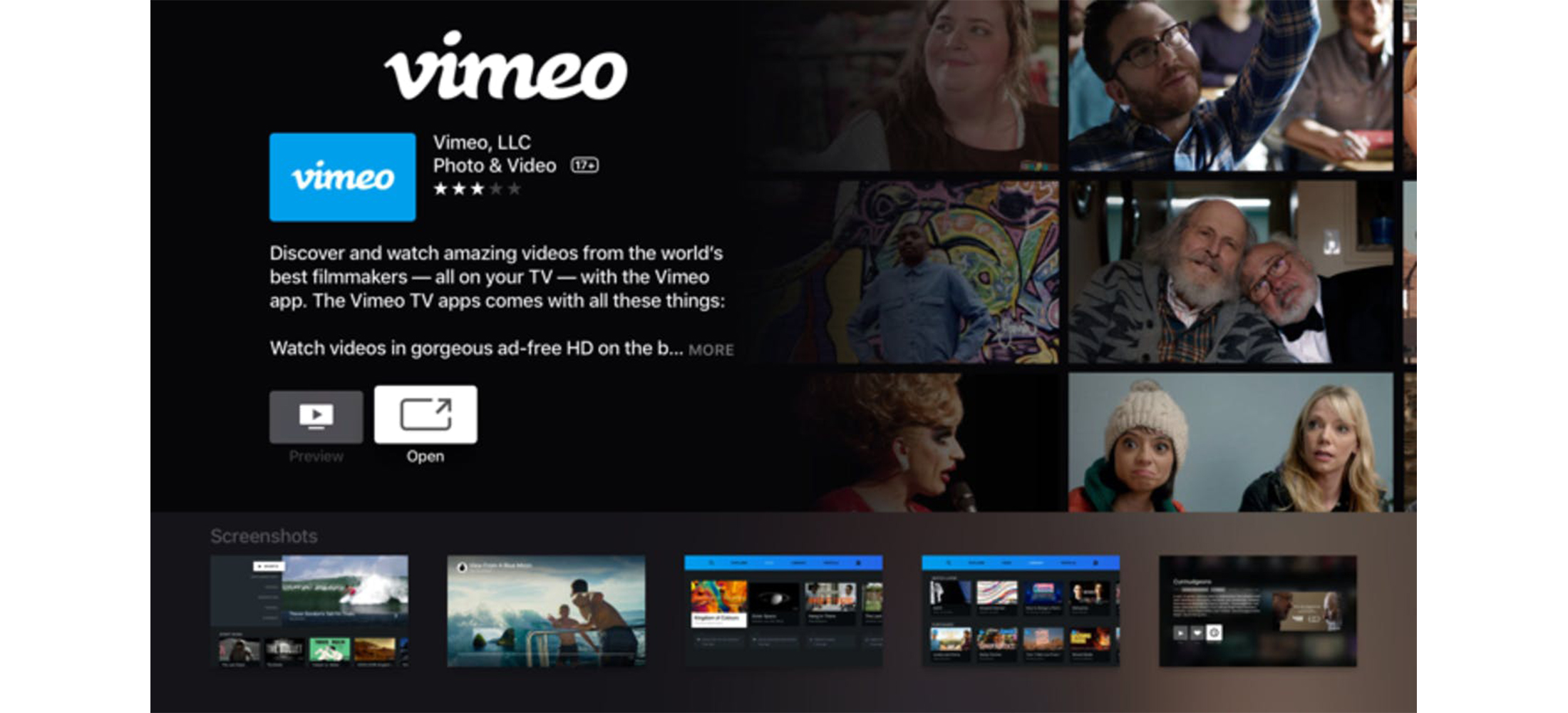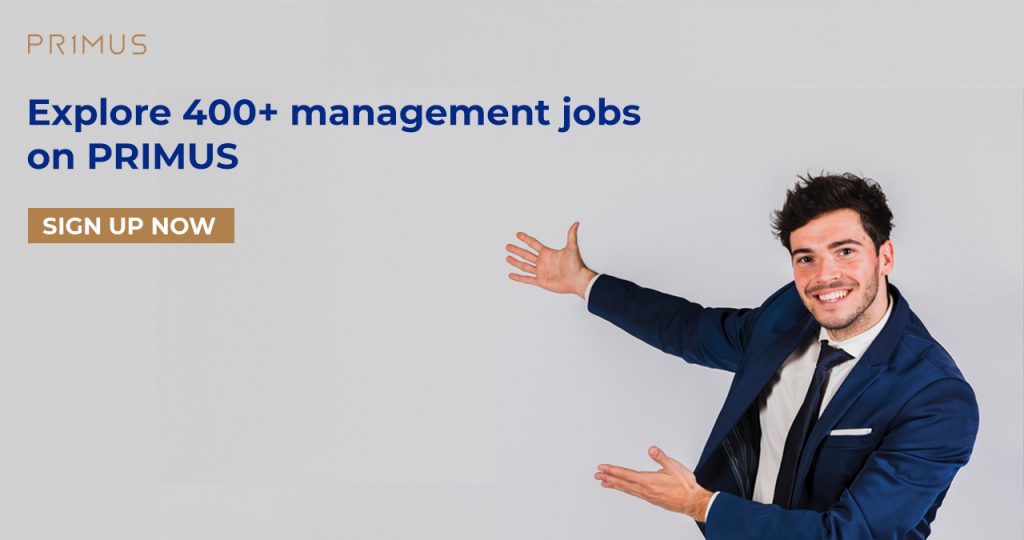
How Anjali Sud Is Reinventing Vimeo And Taking Over The Future Of Video (Part 2)
4 yearsago 0 Comments 1.8k Views
Erik Roth: We all know that not everything works—you have to test and learn. So what hasn’t worked? And how do you instill learning and experimentation into your culture?
Anjali Sud: In order to succeed, you have to parse the things that require conviction from the things that have blind spots, which you should let go of. We acquired a company and had to shut down a business unit within a year. We tried to make it work—hard enough that I could say, “Even if we executed this at 100 percent, it is not going to work, because we are executing at 70 percent and I’m not seeing any signs [that it will work].” Conversely, we acquired companies that failed our goals at one year out, but by year three, they were the most successful drivers of our business. Nobody gets the luxury of nailing a product out of the gate—it takes iteration.

For me, distinguishing between the two requires having smart people around who will always ask questions because not everyone is blind to a blind spot, right? Somebody will notice it, and you need to create the channels where people are comfortable saying, “I think that’s a terrible idea,” or “We keep saying this is true but is it really?” Culturally, that’s extremely important. The opposite goes for conviction. Something launches, we see no immediate success, and several times my instinct was, let’s give up. We have other things to do. But others on the team had a deep-seated conviction, which they sometimes couldn’t prove with numbers. When I see smart people who understand the business and the industry the same way I do with that kind of conviction, it forces me to hold off on following my instinct.
The other piece is the question of execution because when a strategy is failing, you don’t know whether it’s because the idea is not right or the execution. At Vimeo, whenever something isn’t working, I put my best A players on it immediately because I want to decide as fast as possible whether it’s an execution problem or an idea problem. In fact, I was the one in charge of running the business we ended up shutting down. I put myself in charge because I didn’t want to have any excuses about not having enough buy-in or too much red tape. Being responsible for the business for a few months helped me parse whether it was an idea problem or an execution issue.
Whenever something isn’t working, I put my best A players on it immediately because I want to decide as fast as possible whether it’s an execution problem or an idea problem.
Erik Roth: Is putting your A players on the struggling parts of the business systematized in your operating model?
Anjali Sud: It’s consistent. What is systematized is being transparent with the organization about what is working and what isn’t. We open every meeting with, “What are the top three things that are working, and what are the top three things that aren’t working?” It destigmatizes talking about problems and turns the conversation into an intellectual one. Having a shared language for how you talk about the opportunity as well as challenge is really freeing for an organization. It leads to more intellectual honesty, and that leads to better decision-making in the long term.

Erik Roth: What are the biggest lessons you have learned along the way?
Anjali Sud: One would probably be to look where others aren’t looking. The reason I was able to champion the strategy we have today and why I think Vimeo has been successful at that strategy is that, while everybody else was focused on creating original content, my team said, what about all the businesses that need a video to communicate? It wasn’t sexy, but it allowed us to not execute perfectly at the outset. We could throw things against the wall because nobody was focused on that market.
Another lesson would be to move fast. Everyone says that but I have never once looked back and thought, “Wow, I moved too fast.” I always think, “I moved too slowly, I wish I had made that decision earlier.” As organizations scale, you add so many structures and communication layers, and they slow you down. For me, this is a worry as Vimeo scales.
Erik Roth: Last question: What keeps you up at night?
Anjali Sud: I have been in positions where what kept me up at night were existential business questions. Do we have the right strategy? I am happy to say I no longer think about that. What keeps me up at night is execution and, within that, focus. Because when you are in a market like ours, at a time like now, the opportunity is huge. We are this nimble, fast-growing, fast-moving company and everywhere I look, I see opportunity. But I also know that to be great at something, you have to focus. And what I worry about most, as the leader of Vimeo, is, am I providing enough focus for my teams so that we can truly be great at something? You don’t want to miss a big boat, and it’s hard sometimes to say no to valid, exciting ideas that could be transformative. But I worry about too much distraction.
According to McKinsey
>> View more: How Anjali Sud Is Reinventing Vimeo And Taking Over The Future Of Video (Part 1)
——————
How do you think about this article? Please share it with us via the comment section below.
PRIMUS – TOP MANAGEMENT JOBS ONLY






